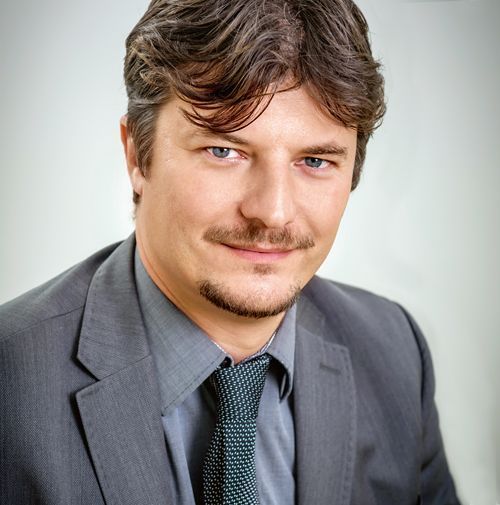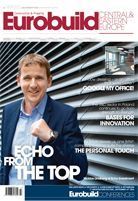Car rental chains that provide a pay by the minute hire service are now operating in Europe. They employ an extremely simple and user-friendly system. You register on it, use the code sent to your mobile phone to open the vehicle that is waiting for you on the street, and you can immediately start driving. The car can be left in another place, wherever suits you. In Vienna, Berlin and the majority of German cities, a few hundred cars are already available under this system. What does this have to do with Polish real estate? One significant tenant on the Polish office market, a branch of Capgemini, participated in the development of the software it uses. The creation of such new systems is one of the main fields of operation of companies representing the research and development (R&D) sector. “More than twelve years ago we set up our first research and development centre in Poland, in Wrocław. We started with a small team of 50 people on a few hundred square metres. Now we ha































































